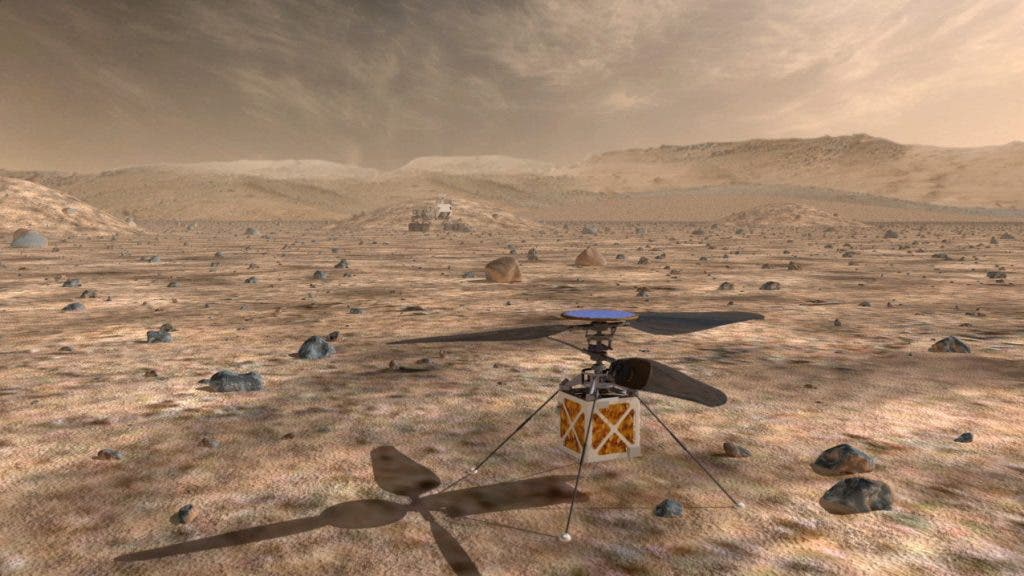The next Mars exploration rover will likely feature a helicopter drone, which is expected to act as scouting drone to improve navigation. According to officials at NASA JPL, the drone could help the rover cover three times the distance Curiosity drives on a daily basis.

We have Curiosity to thank for loads of new insights concerning’s Mars’ past, present and future. But the cute bot can only cover so much ground safely. The terrain is layered with rocky traps and plotting the best course or finding prospects for exploration in the first place is extremely difficult using satellite data from the spacecraft orbiting Mars alone. Also, because it’s millions of miles away, the radio signal takes around 12 minutes to reach Earth. So, engineers using the rover’s onboard camera navigate around obstacles at a slow, creeping pace so that there aren’t any surprises. If the rover travels too fast, by the time engineers spot a killer obstacle and signal an averting maneuver the rover might already be toppling on Mars.

The key, JPL researchers believe, is to bridge satellite imagery from above and the close range onboard camera with a middleman. Here is where the helicopter drone will fit in. The helicopter would fly ahead of the rover almost every day, checking out various possible points of interest and helping engineers back on Earth plan the best driving route. According to NASA, the vehicle is envisioned to weigh 2.2 pounds (1 kilogram) and measure 3.6 feet (1.1 meters) across from the tip of one blade to the other. The prototype body looks like a medium-size cubic tissue box, and is currently in testing at NASA’s Jet Propulsion Laboratory, Pasadena, California.






